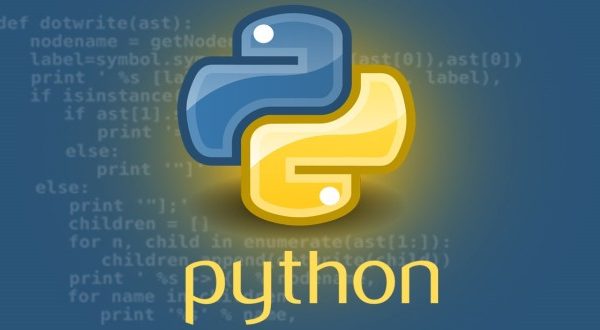Executing Shell Commands with Python
Introduction Repetitive tasks are ripe for automation. It is common for developers and system administrators to automate routine tasks like health checks and file backups with shell scripts. However, as those tasks become more complex, shell scripts may become harder to maintain. Fortunately, we can use Python instead of shell scripts for automation. Python provides methods to run shell commands, giving us the same functionality of those shells scripts. Learning how to run shell commands in Python opens the door […]
Read more